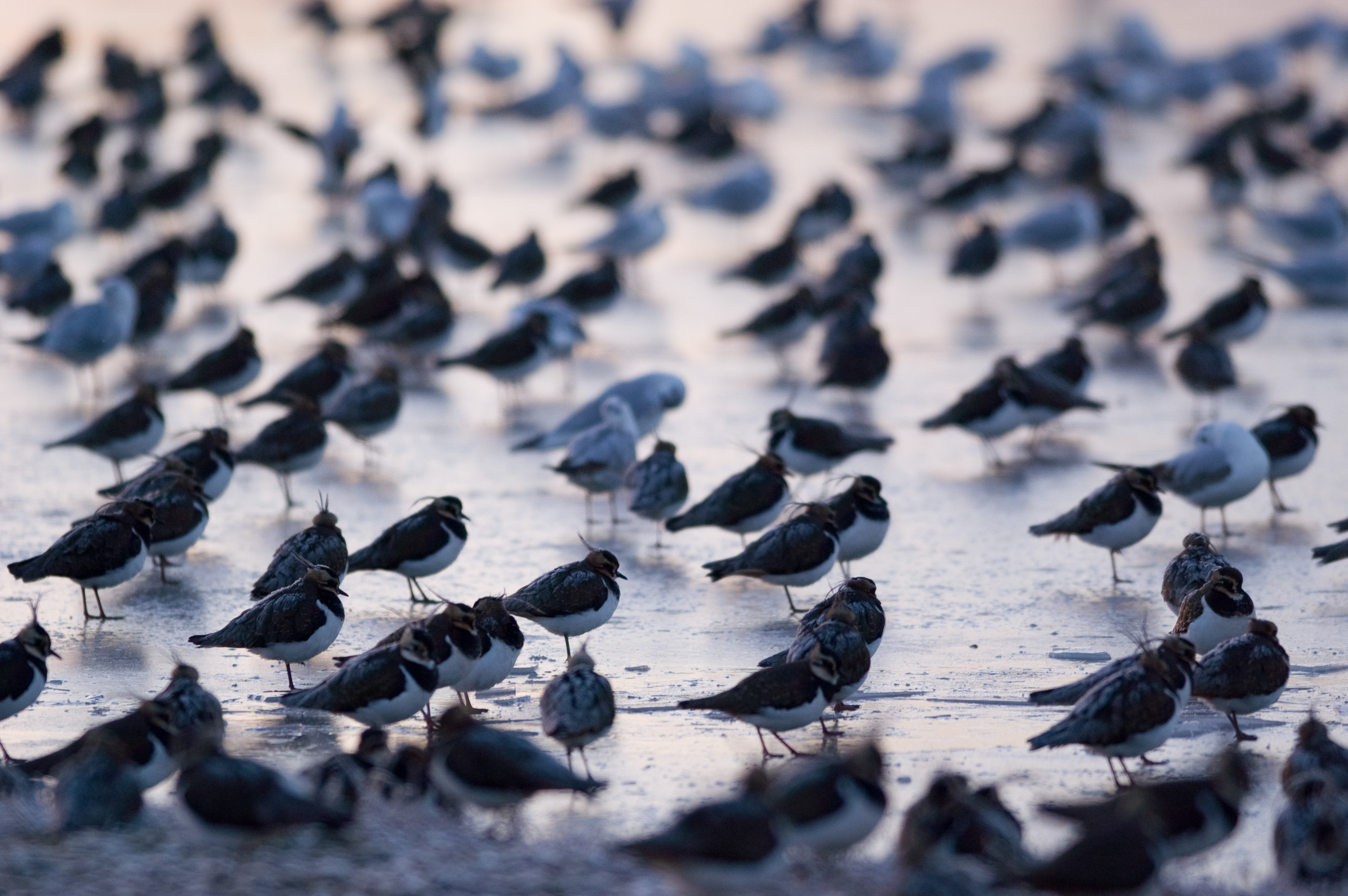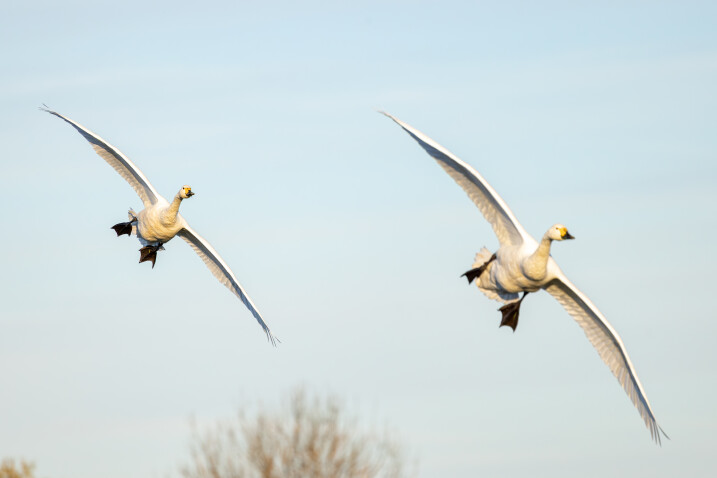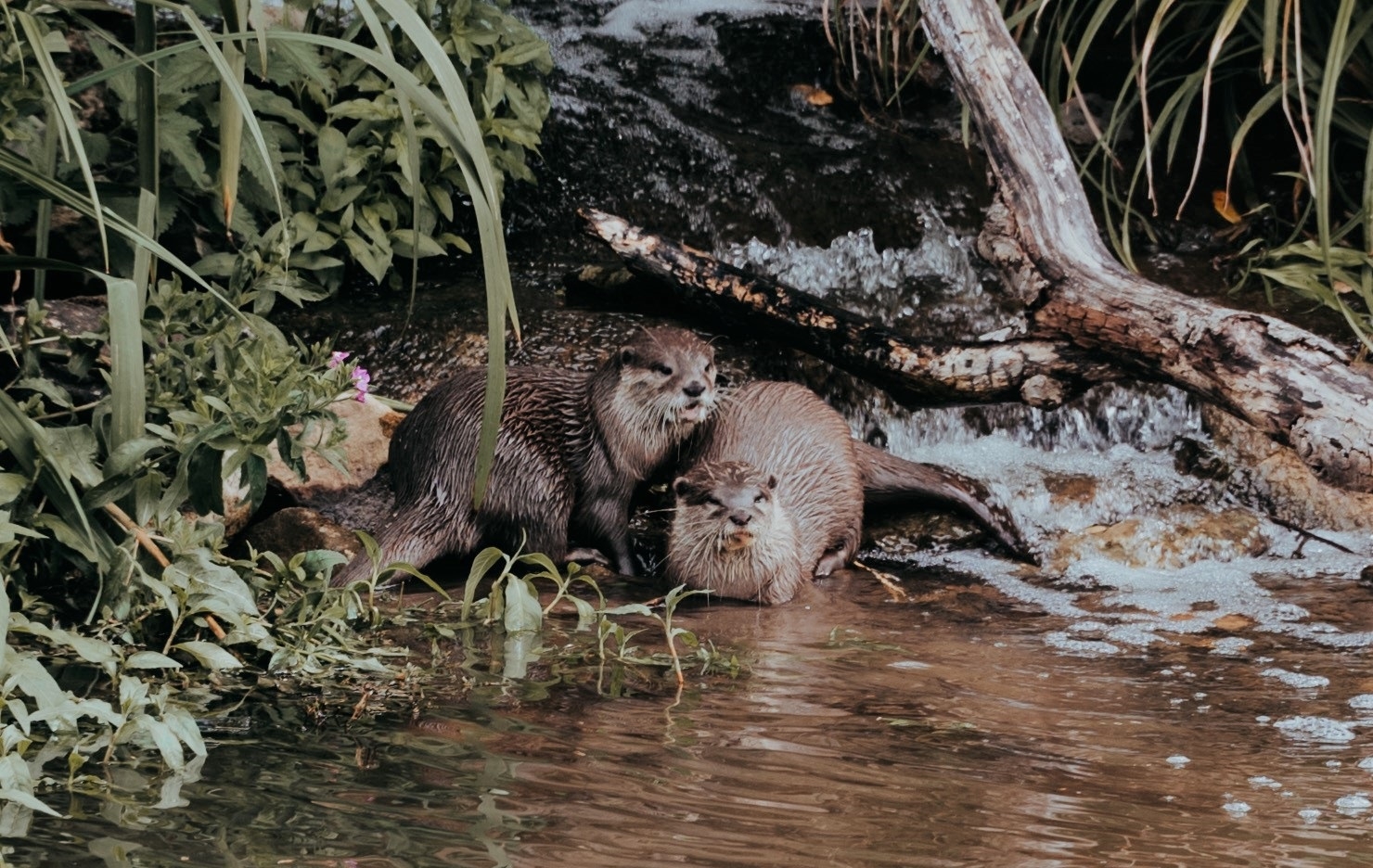Speaking of Kings…Kingfishers have bred at WWT Slimbridge
Spring is in full bloom at WWT Slimbridge with a pair of kingfishers breeding at the front of the Kingfisher Hide.
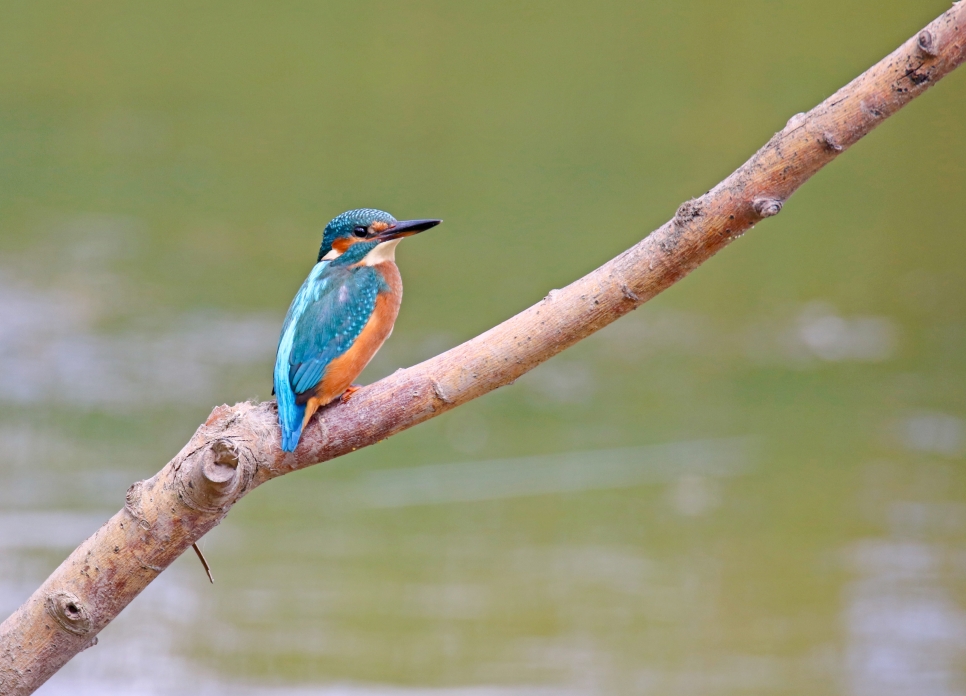
Spring is in full bloom at WWT Slimbridge with a pair of kingfishers breeding at the front of the Kingfisher Hide.
It is estimated that there are 4,900 breeding pairs of kingfishers in the UK and with a pair breeding at Slimbridge this spring; the Reserve Team and volunteer Guides in Hides have been monitoring their activity closely.
The activity begins with the renovation an old nesting burrow or a construction of a new one in the kingfisher bank; a vertical wall of soil about 2 metres high. The nest burrow can be up to 1 metre long in length, rising slightly from the entrance hole.
Once a home is chosen for the pair, the male will present fish to the female in order to get her into condition to grow, lay and incubate the eggs. There is frequent mating throughout this period which took place from March and early April.
Kingfishers incubate typically 5-7 eggs for about three weeks. In early May the eggs hatched and the kingfishers will spend around four weeks raising the chicks. Both the male and the female will feed them in the nest hole, with up to a hundred fish a day - including some aquatic invertebrates. The kingfishers start by choosing small fish to feed the young with and as they grow, they are given bigger fish to eat.
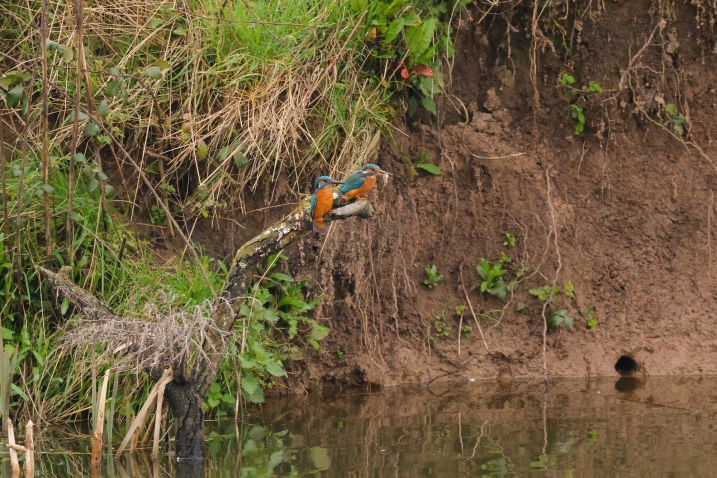
Photo credit - Ashley Parsons
The juveniles will fledge the nest after around 25 days and the adults will be increasingly active over a two week period, with the young expected to fledge about the end of May. Only a few lucky visitors may see the newly fledged young which tend to disperse very quickly, as the parents will chase them off as they prepare for a second clutch of eggs. Two broods are the norm but occasionally a third clutch has occurred at WWT Slimbridge.
May is a great time to come and see the kingfishers feeding their young. They'll be periods of busy activity as the parents make regular visits to and from the nest hole with fish for the chicks. Visitors may have to be patient, as feeding can be intermittent.
There is also another two pairs of kingfishers on site at WWT Slimbridge which are busy feeding young as well so do keep an eye out for flashes of blue along the ditches in the car park, behind the South Lake Discovery Hide and on the approach to the Hogarth Hide.
The Zeiss Hide, Decoy Hide and hides which lead to the Estuary Tower are also good spots for visitors to catch a glimpse of feeding kingfishers.
Click here to see the latest wildlife sightings
